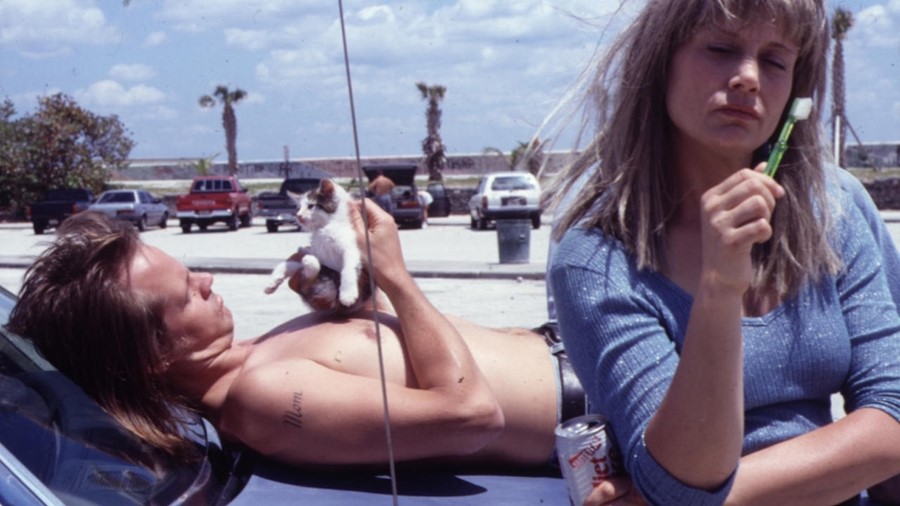As her latest feature First Cow is released, Caitlin Quinlan takes a look at the director’s body of work to date
In the films of Kelly Reichardt, expect kindness. From the verdant depths of Oregon’s forests, to the open desert plains or peaks of Montana, the director’s work depicts characters navigating world-weariness and seeking resolution in many forms, with generous insight and a gentle focus. Reichardt is a singular independent filmmaker working today, so attuned to the quietness of everyday life and the emotional aches of people that her films mellow into beautifully contemplative experiences, ignoring dramatic excess. With a keen eye for stories about life on the boundaries, she has established herself as a profoundly perceptive director documenting rural struggle and melancholy.
Ahead of the UK release of her latest feature First Cow, a tale of connection and entrepreneurship in 19th-century Oregon, here we explore Reichardt’s remarkable body of work to date.
River of Grass, 1994
Reichardt’s debut, a loose and wandering Bonnie and Clyde tale soaked in Florida sweat, marked the filmmaker’s first appearance at the Sundance Film Festival. The film follows an unhappy housewife who goes on the run with a man she’s just met following an incident with a gun. It’s a scrappy, charming film, imbued with a sense of ennui and dissatisfaction that is exacerbated by the oppressive heat and monotony of daily life for the protagonist. River of Grass is quite a different film from the rest of Reichardt’s work, but it clearly displays the director’s knack for observing the quotidian and her interest in lonely souls – now two cornerstones of her filmmaking.
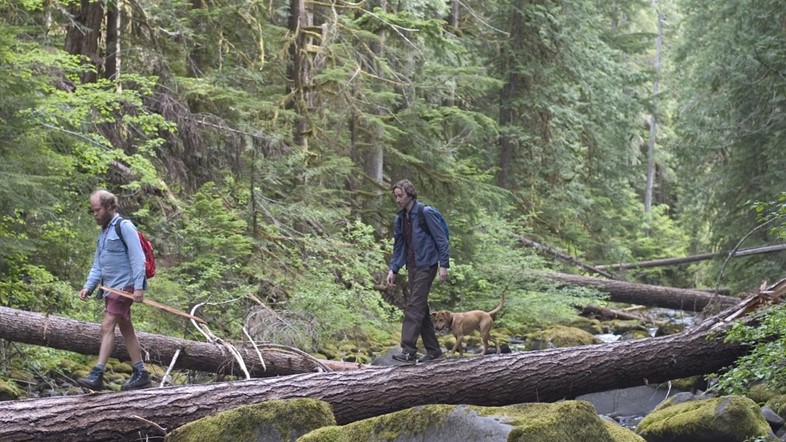
Old Joy, 2006
It would be 12 years before Reichardt could make another film, with sexist industry practices inhibiting her ability to finance a second feature. Old Joy was Reichardt’s first collaboration with author and screenwriter Jon Raymond (who went on to write the director’s next three films and continues to be a collaborator), an adaptation of one of his short stories about two friends reconnecting on a camping trip. Gently affecting and framed by the lush Oregon woodland, Old Joy contains many of the thematic and aesthetic ideas Reichardt would deploy in her later films: narratives of friendship, of lives lived on the fringes of society, all surrounded by a natural environment that offers both tranquility and a space for change.
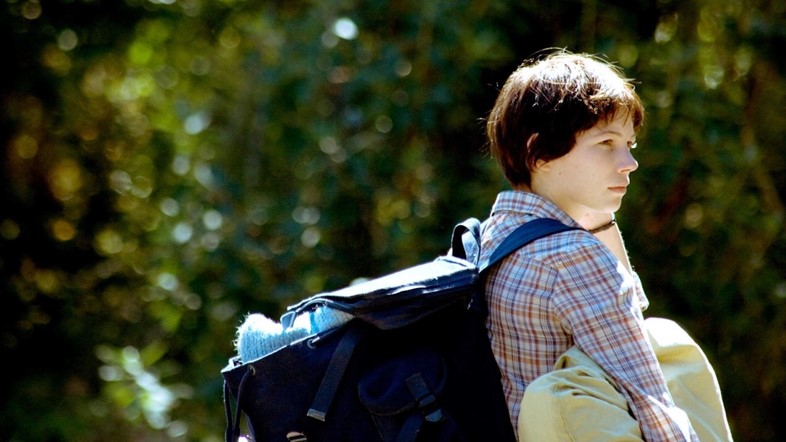
Wendy and Lucy, 2008
One of Reichardt’s most critically-acclaimed films, and winner of the Palm Dog Award at the Cannes Film Festival for its canine companion, is Wendy and Lucy, a story of one woman and her dog just trying to get by. Reichardt’s minimalist approach to storytelling, coupled with Michelle Williams’ delicate performance as homeless drifter Wendy, creates an emotional depth that is at once intensely personal and desperately universal. Exploring loneliness, transience, and the struggle to live freely within the binds of capitalism, the film finds a lucid beauty in the harshness of living.
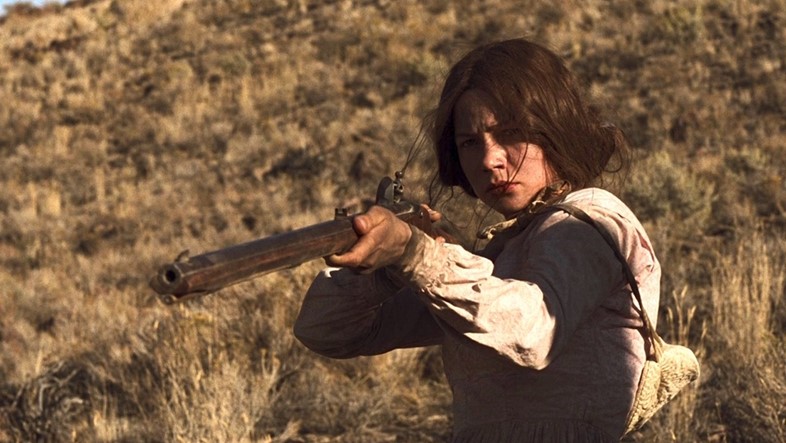
Meek’s Cutoff, 2010
Williams joined Reichardt again for her follow-up to Wendy and Lucy, the 2010 Western Meek’s Cutoff. Settlers travelling along the Oregon Trail in the late 19th century are led by an untrustworthy guide, Stephen Meek, whose false knowledge of the area shepherds the group along a dangerous path. With its languid pace and limited plot, the film defies many conventions of the genre and builds tension and fear with incremental precision. Meek’s Cutoff is notable for its nuanced reframing of the Western genre through the eyes of its women and Native American characters. It uses this insight to explore notions of hierarchy, fear and power against the stunning vastness of the desert.
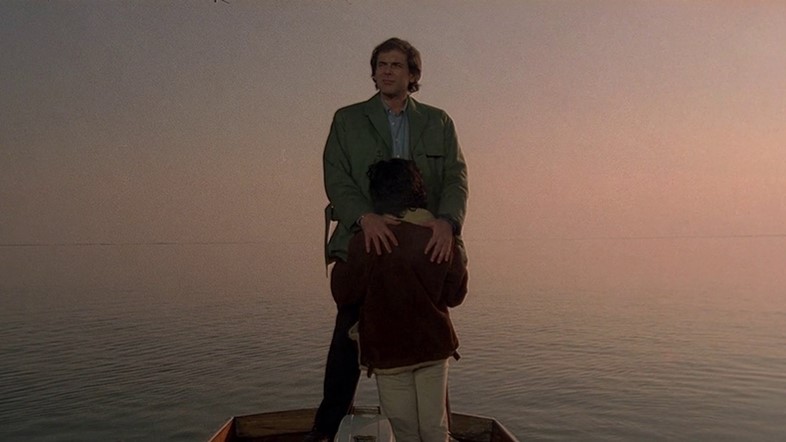
Night Moves, 2013
Night Moves is often considered the outlier in the filmmaker’s body of work – a more plot-heavy film (by Reichardt’s standards) with some of the markings of a commercial thriller. But even in this story of young eco-terrorists intent on blowing up a hydroelectric dam, Reichardt has a deep understanding for the tensions that fracture relationships and personal ambitions and the search for something that life may not be able to offer you. There is a coldness to the lead performances of Jesse Eisenberg, Dakota Fanning and Peter Sarsgaard, all of whom offer muted portrayals of youth faced with the bleak uncertainties of their future.
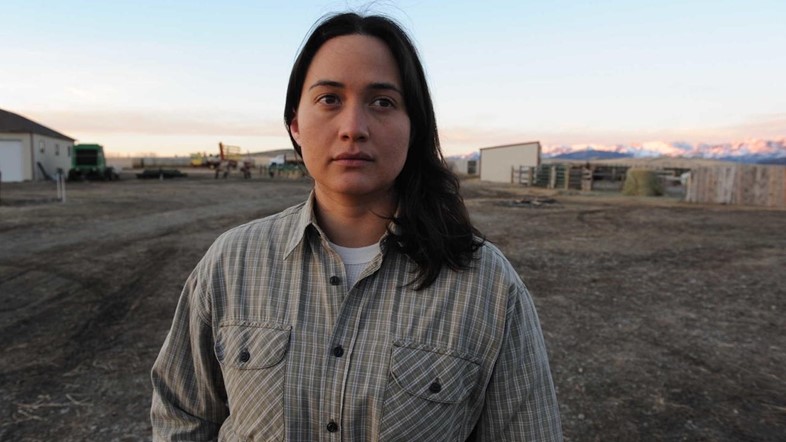
Certain Women, 2016
A return to a quieter, more placid mode of storytelling came in the form of Certain Women, a triptych of stories based on the writing of author Maile Meloy. The film saw Reichardt swap her usual Oregon setting for the mountainous calm of Montana, where the characters’ lives are lightly intertwined. Recent AnOther Magazine cover star Laura Dern plays a lawyer dealing with a frustrated, insistent client in the opening story of the film, which is followed by the tale of Gina (another striking performance by Michelle Williams in a Reichardt film) who is eager to buy a collection of sandstone from a local man. The third story, and perhaps the most moving, is that of lonely ranch hand Jamie (Lily Gladstone) who grows affectionate towards a young teacher played by Kristen Stewart. The dusky sky over the mountains; Jamie’s horses bristling in the cold morning air; the methodical distraction labouring offers from loneliness – Reichardt is a master at capturing the tenderness of everyday solitude.
